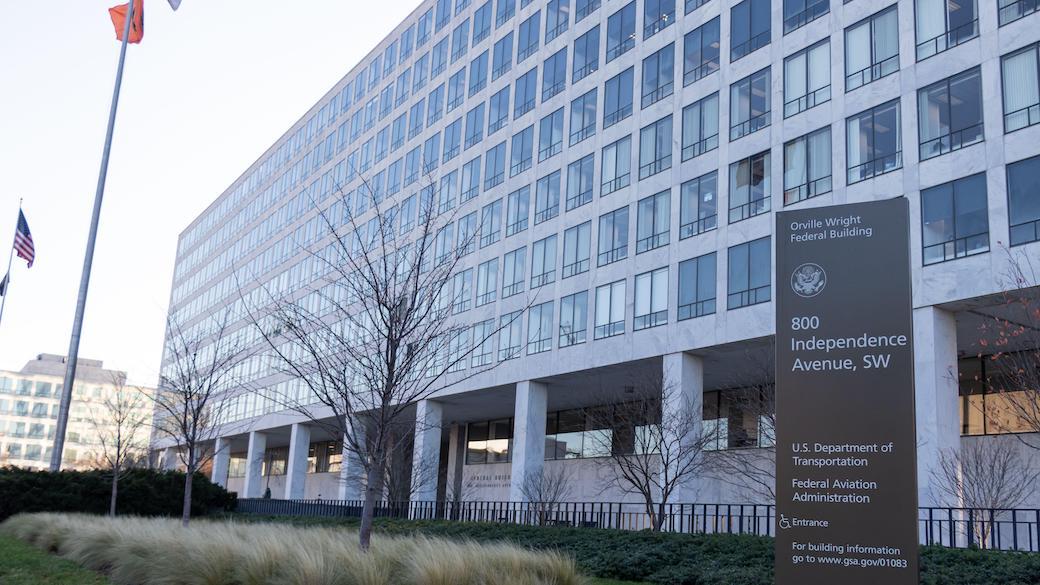
Credit: Alamy Stock Photo
The FAA has published a long-awaited document outlining proposed pilot training and operating standards for electric vertical-takeoff-and-landing (eVTOL) aircraft, a key milestone intended to keep the agency on track to have operating rules in place by the end of 2024. The Powered-Lift Special...
Subscription Required
This content requires a subscription to one of the Aviation Week Intelligence Network (AWIN) bundles.
Schedule a demo today to find out how you can access this content and similar content related to your area of the global aviation industry.
Already an AWIN subscriber? Login
Did you know? Aviation Week has won top honors multiple times in the Jesse H. Neal National Business Journalism Awards, the business-to-business media equivalent of the Pulitzer Prizes.





